New York State OMIG Makes Regulatory Modifications to Compliance Program Requirements
Health Law Advisor
AUGUST 25, 2023
In July 2022, the New York State Office of the Medicaid Inspector General (“OMIG”) proposed extensive modifications to the regulatory requirements governing compliance programs for entities receiving “significant” Medicaid revenue (increased by these regulations from a threshold of $500,000 to $1 million).

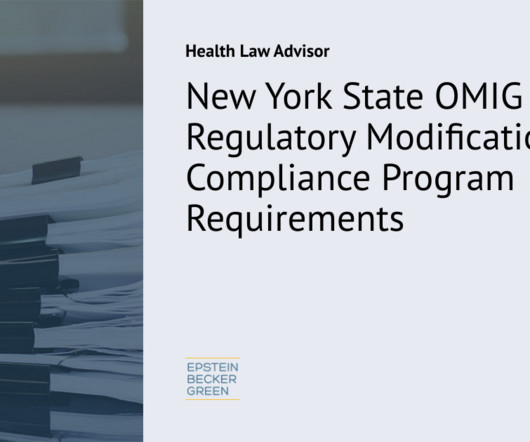

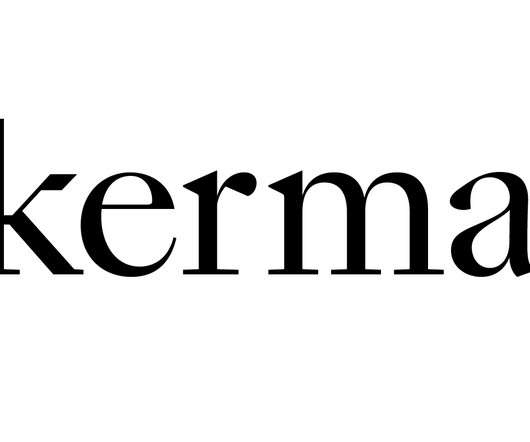

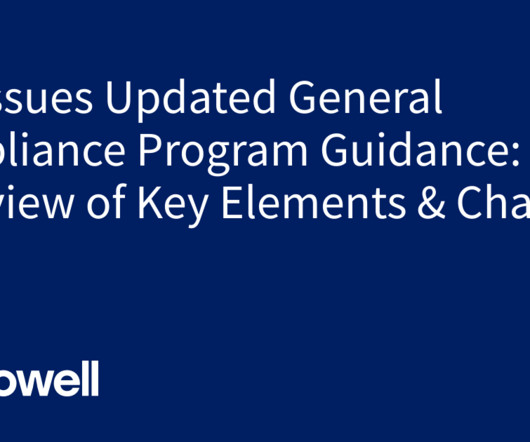
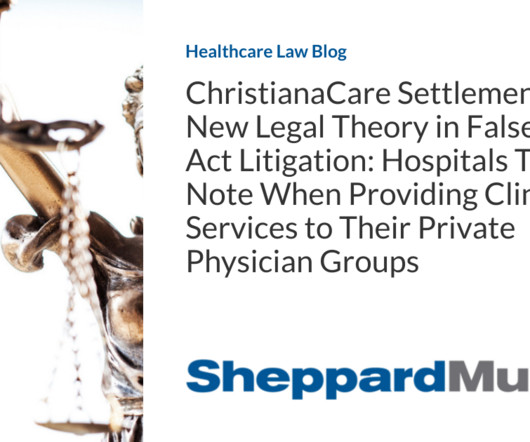
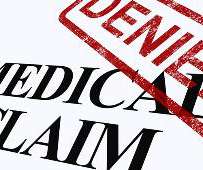






Let's personalize your content